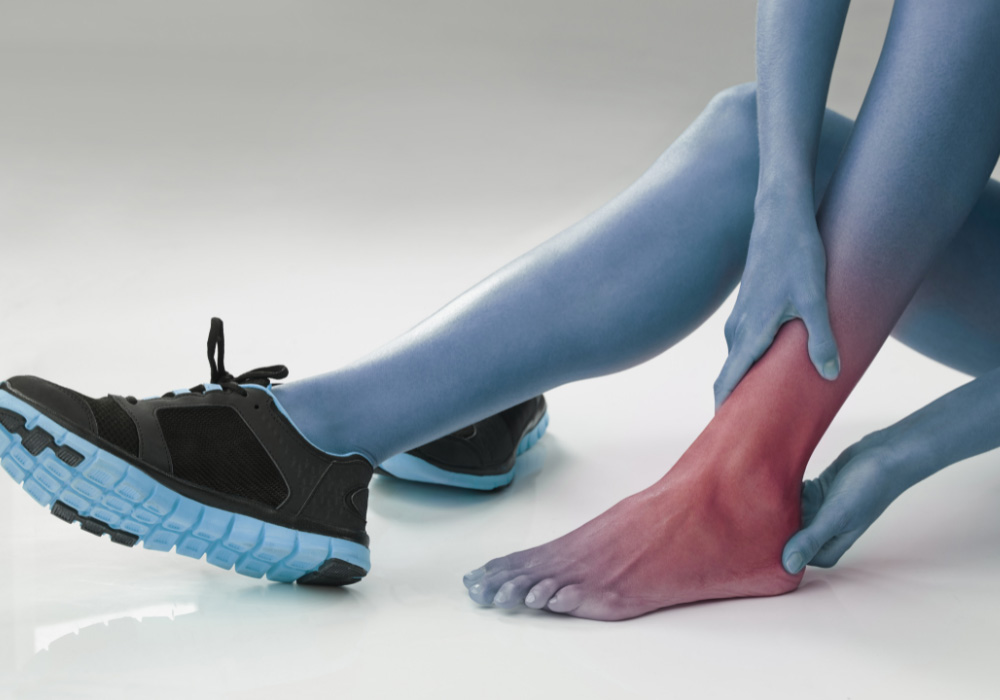
Sprains result in damage to the ligaments that hold the bones together at a joint. Bands of strong, fibrous tissue called ligaments help stabilize joints and keep them from sliding past their usual range of motion. Sprains can result from an abrupt twisting or rolling of a joint, like when you foot on an uneven terrain or roll your ankle while participating in sports. Injuries to the muscles or tendons are known as strains. Tendons are tissue cords that connect muscles to bones. Overusing a muscle, such as when lifting a large object or doing the same action repeatedly, can result in strains. A quick, powerful muscle contraction, like when you try to lift something heavy, can also result in strains. The signs of sprains and strains, their causes, when you should seek medical attention, and their diagnosis and treatment are all covered in this article.
Bundles of fibers are used to create the architecture of soft tissue. Specialized cells in muscles and tendons keep track of how much they contract and stretch. In everyday use, tendons and muscles contract gently to prevent overstretching. Unexpected twists or jolts, however, may exert more stress than the tissue can withstand, causing a tear or rupture of the fibers. The swelling is brought on by bleeding from ruptured blood vessels. Soft tissue injuries, such as those to ligaments and tendons, can develop suddenly or gradually deteriorate. An acute soft tissue injury is a sudden injury that is frequently connected to a particular trauma. This indicates that it happened during the last 72 hours. A wound that has existed for at least three months is frequently known as a persistent soft tissue injury. These are frequently brought on by improper loading, also known as “overuse,” in which the tissue’s capability is unable to keep up with the physical demands made on it.
The symptoms of a sprain or strain may include:
Following are some suggestions for treating acute sprains or strains right away:
If a person has a strain or sprain, they ought to contact a doctor if they have any of the following symptoms:
By strengthening the muscles around their joints and engaging in regular conditioning and stability exercises, people can assist in preventing sprains and strains.
Not all sprains and strains can be avoided, but with the right aftercare, people can make sure they don’t result in complications or lasting damage.